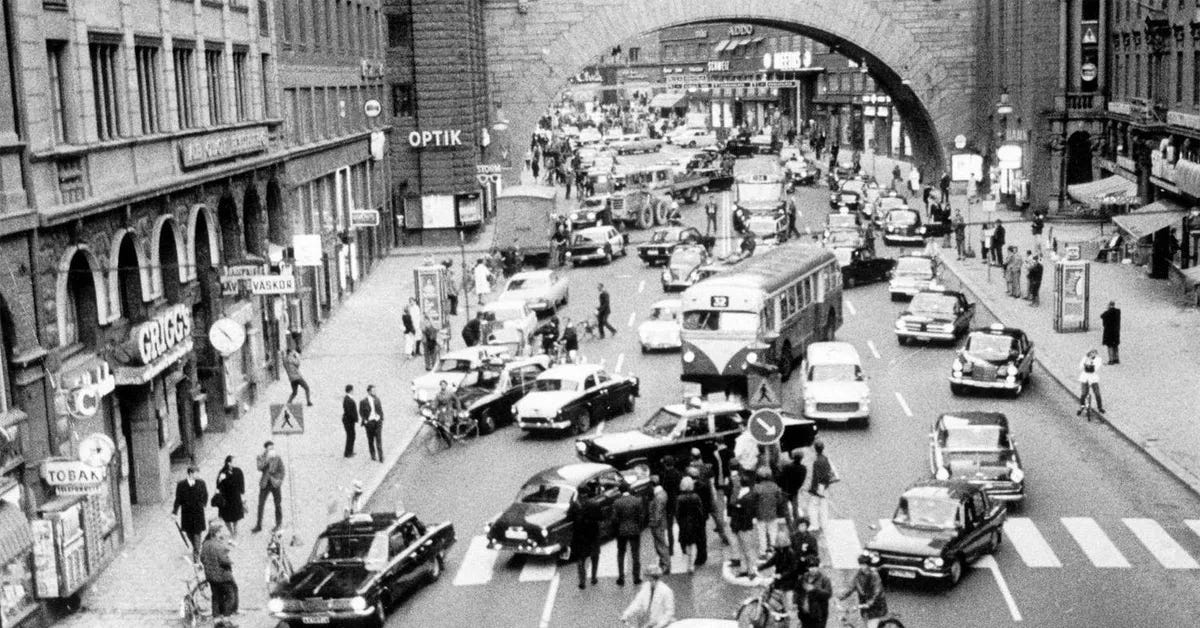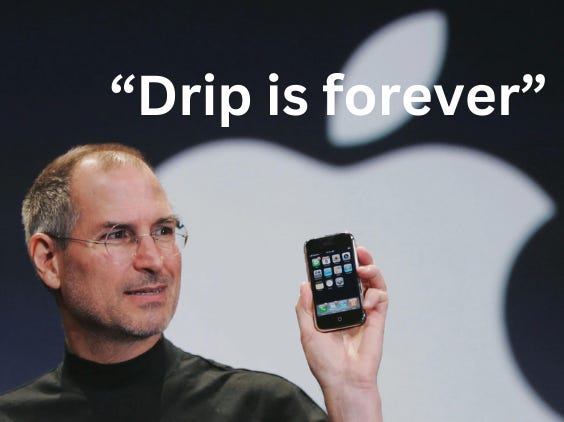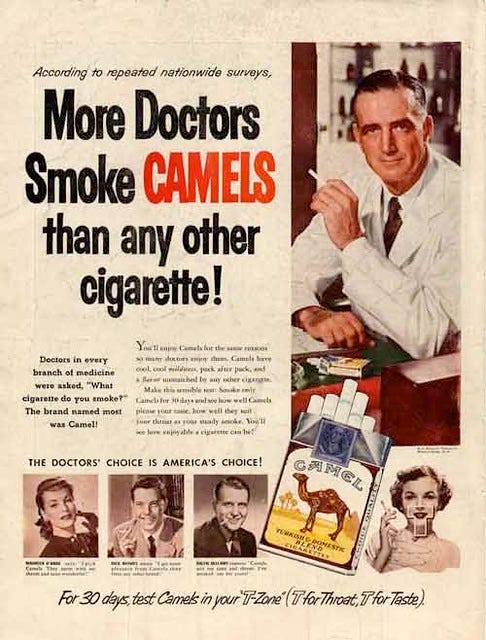Communicate to customers (and be actually understood) | 2 fool-proof strategies
Why do Customers "just don't get my product/service?". To get more customers, just remember 2 simple frameworks. The 2 frameworks are in this article - wanna read about them? Then read on!
*Spends 30 minutes explaining how the service works*
“So, did you get it?”
“Yeah, yeah. I think I did.”
But, in fact, the customer did not get it. Rarely he happened to be so confused after such a thorough explanation, his thoughts being: “what am I supposed to do now? Ask him to re-explain everything he just said? He clearly made an effort there. Maybe it’s just me...”.
Does this situation look familiar to you? If it does, you are in good company. Communicating ideas is complicated enough, communicating ideas that persuade somebody to give you their hard-earned money is even more complex, and for a good reason.
There are countless books, and papers, and research docs, and blogs, and Youtube videos on how to convince people. Some of the most iconic books out there keep selling on the false pretense that “anybody can convince people to do something”.
You may have heard of the classics:
How to win friends and influence people
Influence
The Challenger Sale
…and many others.
I spent the better part of my university years reading all that crap. It’s damn interesting and it can be applied to several, unrelated aspects of one’s life.
But when it comes to business, less is more. So let’s focus on that.
How to explain your product/service to your customers - Strategy 1
Let’s imagine the following scenario: You are an American tourist in Europe. You are visiting Lyon, a fantastic city in the south of France. After a few days spent experimenting with traditional french food (which you love), the cravings for a big, fat, and juicy hamburger are so strong they can’t be ignored.
But wait a minute, you are in France, and you get 2 weeks of paid vacation every year (the European mind cannot comprehend this) so you say to yourself “Hey you know what, I really wanna know what a ‘real’, french burger tastes like. I’m not hitting a McDonald’s - let’s try a local burger spot.”
Everybody is looking for something “familiar”, even when we put ourselves in an unfamiliar situation for leisure (e.g. traveling to France), even when we are looking for something new.
We know that humans are risk-averse when it comes to losses, and this applies to every purchase we make. When we spend our money, we want to make sure it is actually worth spending. Sure, we can be more or less relaxed with our purchases, depending on the situation (you are more likely to splurge when on vacation, or when you are having a very good time), but, in general, familiarity makes us feel safe with our purchasing decisions.
Therefore, the first strategy is (in corporate jargon):
Understand what feels familiar to your customer, then leverage it when designing your buyer’s journey.
Now, in “regular people speech”:
Make sure that your customers do not feel surprised when they enter your shop. Study what existing competitors do. If they don’t come to your shop, where would they go? What type of experience do they have there? Somebody who is used to shopping at XYZ’s wants to have a familiar - and better - experience when shopping from you. This is how you win the communication game from before they enter your shop.
Fighting familiarity is expensive
If you have to convince the world that something is better than the status quo, you are in for a fiery, long, and daunting battle. And it’s not guaranteed that you will succeed.
Think of when Tesla (the Serb, not the car company) and Edison were at odds over Alternate and Direct currents.
Think of when Microsoft released Bing to compete with Google.
Think of when Sweden switched to driving on the right overnight.
Spoiler: it was a mess.
Fighting familiarity is expensive, costs us money, time, energy and a number o chores we could definitely forget about if we design our buyers’ journeys with familiarity in mind.
Think of the iPhone - the pitch was literally:
“It’s a cellphone, with Mac OS, and a big touch screen that works better than other touch screens. It also looks good. It also costs a lot because this is an Apple cellphone.”
Nothing unusual here. Typical Apple-style communication for a typical product, re-engineered to be easier to use. What’s not to like?
Strategy 2 for communicating with your customers
It’s really easy to understand. It’s a lot harder to adopt and apply. And you need to do so consistently.
So there are two strategies.
Make your Customer Experience familiar and - ideally - better than the “familiar alternatives''. Do not reinvent the wheel if you are not prepared to spend more energy educating your customer.
Make your communication dumb. Ensure that even the dumbest of potential customers can understand it. The smarter ones will get it, and the dumb ones too. That’s how you win.
How do you “dumb it down”?
Let’s use a framework from a book I love: Made to Stick by Chip and Dean Heath.
To make sure that your point comes acros, we are going to use the framework I found in this book. It’s an “Off-Label” use, because the book specifically addresses the concept of “Sticky Ideas” (i.e. ideas that stay in your mind and can get understood easily). It’s good enough for us 🙂
To communicate effectively with your customers, make sure that your communication is:
Simple
Unexpected
Concrete
Credible
Emotional
Story (Yeah, this actually means that storytelling can be used to make your communication even “Stickier’, personally I hate backronyms - this list spells “SUCCES” - but whatever)
“Simple” communication is - you don’t say - simple. No need to use big words, no need to impress anyone. Smart people will buy because they see value in your product, dumb people won’t get it if you make your communications too complicated.
“Unexpected” communication is very useful. It captures the attention of your user. (Makes me think of the paper “Attention is all you need, if you are into AI, check it out). Think of popups on websites. We hate them, but they work. That’s why we keep seeing them. Yikes.
“Concrete” is not just what roads and buildings are made of. Concrete communications add real value for your customers. They want to see what you do. That’s why “We planted 10,000 trees in 2014 thanks to your donations” is a lot better than “Your donations help us plant trees”.
“Credible” is why you don’t hire Saul Goodman if you are a reputable person. Saul Goodman is a fantastic character and a captivating, unorthodox lawyer. But he looks like the lawyer guilty people would hire. His defenses are not really credible, don’t you think? Would you trust a fat dietician? Nobody would. Credibility is built around Authority, Experience and Familiarity. Have you seen the old Camel Ads? Where doctors recommend Camel Cigarettes? I have.
Kinda want to have a smoke right now. If a doctor says Camels are smoother, they likely are, right?
“Emotional” communication is especially prevalent in politics. Politicians try to stir up the emotions of their voters even when the matter to be discussed is a rather dull tax increase on processed cheese. Think about it - would anyone bother voting if they did not feel the “emotional urge” to do so? (Perhaps I’ll write something about this too, in the future).
Alas, “stories” are perfect for conveying complex ideas. They give the listener a structure to follow and to learn from. Fables and other short stories have been used for millennia to transfer knowledge easily and effectively. Why would a mother tell the story of “Little Red Riding Hood” instead of teaching their children not to trust others too easily? Because the story has a much more powerful effect.
Make it familiar, make it dumb
Something familiar and easy to understand will enable your customers to remember why they even entered your shop.
There are no special tricks to learn. My recommendation is to apply this framework to all aspects of business communications when the objective is Customer Acquisition.
Everything else is nice to have, but far from necessary.




